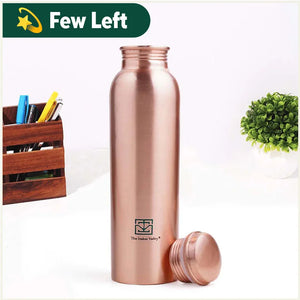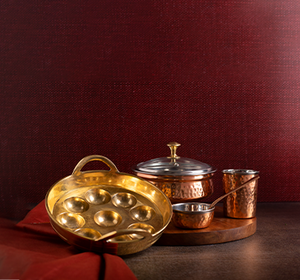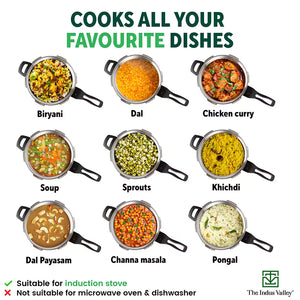Stainless steel pans and pots are considered an extremely popular choice of cookware among Indians. They are also great pieces of cookware for people who are new to cooking, as they enable even heat distribution.
It’s important that you’re aware of the factors that go into choosing quality stainless steel pots and fry pans so that you can make an informed purchase. The Indus Valley has a long range of excellent cookware sets available at a variety of price points.
How to Select the Best Stainless Steel Cookware for Your Kitchen?
Merely measuring the thickness of stainless steel cookware and weighing it won’t help us understand whether stainless steel cookware is good to use or not. There are a few other things you should keep in mind while you are out searching for the perfect stainless steel cookware for your kitchen and they are as follows:
Make sure that the cookware you pick is 18/8 or 18/10 stainless steel - these are the standards used in good-quality stainless steel cookware. Most stainless steel pots and pans available on the market come with these numbers imprinted either on their backs or mentioned on their packaging.
If you are unable to find these impressions, you can look at the other crucial factors. One among those is a certain weight you’ll feel when you lift the cookware; you don’t have to know all the weighing technicalities of the cookware for this.
If the cookware is heavier, it will naturally be made using more material and it will cost more. Heavy stainless steel utensils typically have better compositions, thereby helping us cook food more evenly. Additionally, they are also less prone to dents and cracks.
Also, check whether the core and cladding of the cookware are made of aluminium or copper. "Core" refers to the base of the cookware and "cladding" refers to the total layers through its base and sides. Stainless steel is a bad conductor of heat due to its alloy structure.
Hence, a core and cladding of aluminium or copper will help improve the overall heat conduction of the cookware. The optimal thickness of the copper or aluminium core and cladding will also ensure even distribution and prevent the formation of hotspots.
Different Types of Stainless Steel That Are Used for Cookware
As per the NSF International Standard for Food Equipment Material, stainless steel used in cookware or any food equipment has to be in the 200, 300 or 400 series.
304 stainless steel is the most commonly used type of stainless steel; 18/8 and 18/10 are part of this series. The first number represents the percentage of chromium and the second number represents the percentage of nickel present in the stainless steel. For instance, the percentage of chromium and nickel present in an 18/10 stainless steel cookware is 18% and 10% respectively.
316 stainless steel, also known as marine stainless steel, is also a popular choice. It has about 16% to 18% chromium, 10% to 14% nickel and 2% molybdenum present in it. This grade offers better corrosion resistance and is a bit more expensive.
430 stainless steel is mainly used for manufacturing stock pots and mixing bowls. It is represented as 18/0, consisting of 18% chromium and no nickel at all. It is also slightly magnetic in nature.
200 stainless steel has manganese used instead of nickel and it is much more affordable. The 200 series is considered food grade steel and hence it is safe to use. However, it can corrode easily with regular use.
What Is the Best Grade of Stainless Steel for Cutlery?
18/10 stainless steel provides great resistance to corrosion, thereby making everyday stainless steel cutlery care a breeze. It is sturdier than most stainless steel types and retains its shine for years. However, it is comparatively pricey due to the presence of 10% nickel in it.
What Is the Best Food Grade Stainless Steel?
For most applications, 316 stainless steel is the best food-grade stainless steel as it does not react to acidic and salty foods at all. Additionally, when compared to other options, it is least prone to corrosion and tarnishing, making it an ideal choice for kitchenware.
Is Stainless Steel Safe for Food Storage?
Stainless steel cookware sets are safe to store food as they do not leach into the meals. Make sure that you use good-quality stainless steel cookware sets that don’t have any scratches to store food.
Learn How to Cook with Stainless Steel (Without Your Food Sticking)
Cooking in stainless steel cookware is as easy as a cakewalk if you know the basics. High protein food cooked in stainless steel cookware is likely to form bonds with the metal, thereby causing it to stick to the surface. Therefore, always bring meat to room temperature before adding it to a hot stainless steel pan. Cooking at high temperatures also causes food to stick to the pans, so we recommend cooking food in stainless steel cookware at low to medium flames. Check out The Indus Valley’s extensive range of cookware and cutlery today.
Frequently Asked Questions
1. Do stainless steel pots and pans rust with use?
Stainless steel pots and pans are resistant to stains, rust and corrosion if they are of good quality. However, cooking too much acidic and salty food on a regular basis can cause rusting on some stainless steel cookware.
2. Can you make eggs on stainless steel pans without sticking?
Yes. You can cook eggs without them sticking to the stainless steel fry pan. Just make sure that you use a little amount of butter or oil of your preference before adding eggs to the pan.
3. Can I wash my stainless steel pan right after cooking?
Washing stainless steel cookware immediately after cooking is not recommended. Allow your cookware to cool, soak it in warm soapy water and clean it using a soft sponge. The same is also applicable for your non stick pans. Having said that, The Indus Valley’s tri-ply stainless steel range is very easy to clean. Simply wash with dishwashing soap, wipe dry and store!
4. Do stainless steel pans and pots offer good value for money?
Stainless steel pans and pots have great durability. You can use them for several years if you take care of them properly and hence they are considered value for money products.
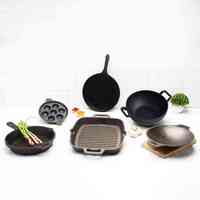
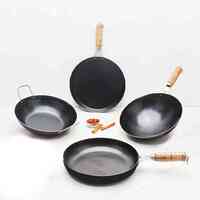
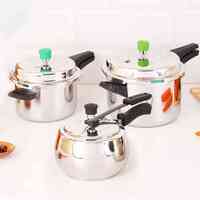
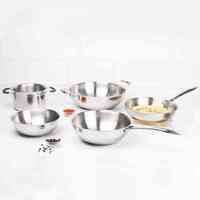
 Easy 7-Day Return
Easy 7-Day Return
 Additional ₹100 Off on Prepaid Orders*
Additional ₹100 Off on Prepaid Orders*


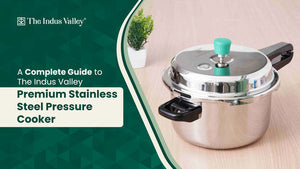
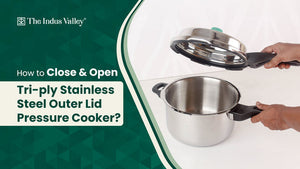
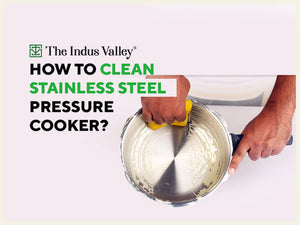
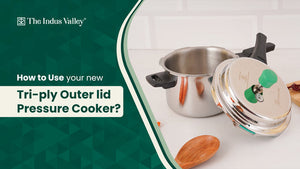
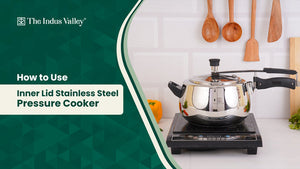
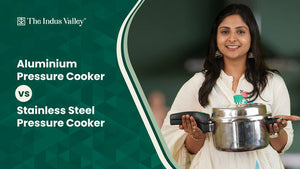
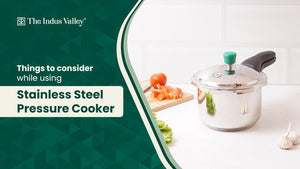
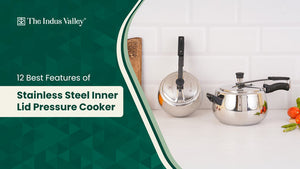


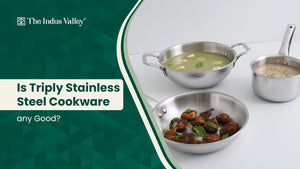
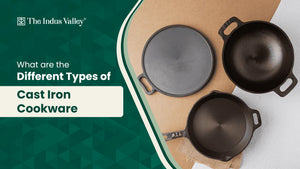
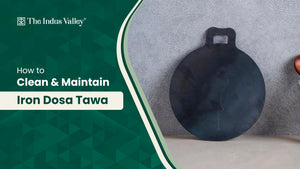
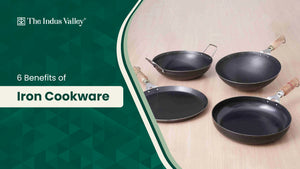
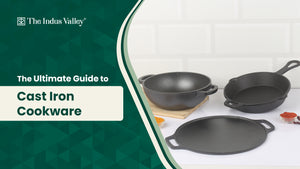
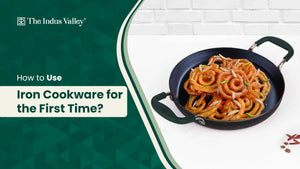
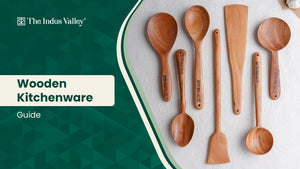
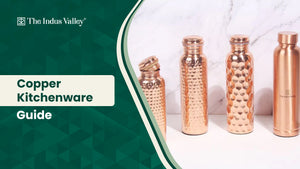
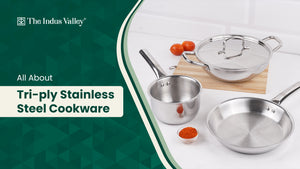
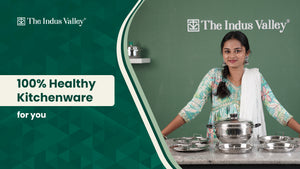
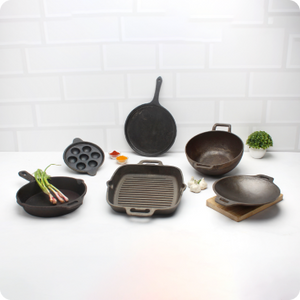
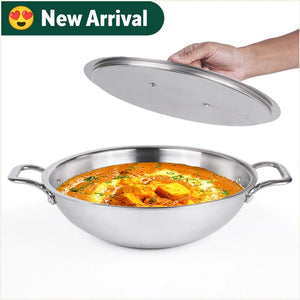
![Neem Wood Spatulas for cooking & Serving – Thick, Long, Sturdy, Large [Set of 6] (Round Serve) - The Indus Valley](http://www.theindusvalley.in/cdn/shop/files/neem-wood-spatulas-for-cooking-and-serving-thick-long-sturdy-large-set-of-6-round-serve-the-indus-valley-1_fcf2cb78-6504-4601-8062-5df2233000c1.jpg?v=1686290651&width=300)
